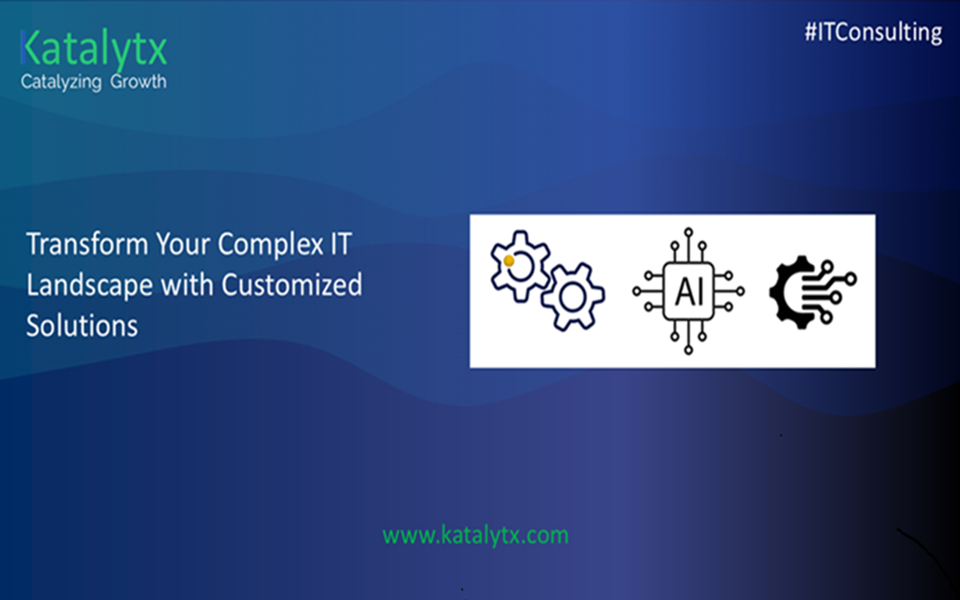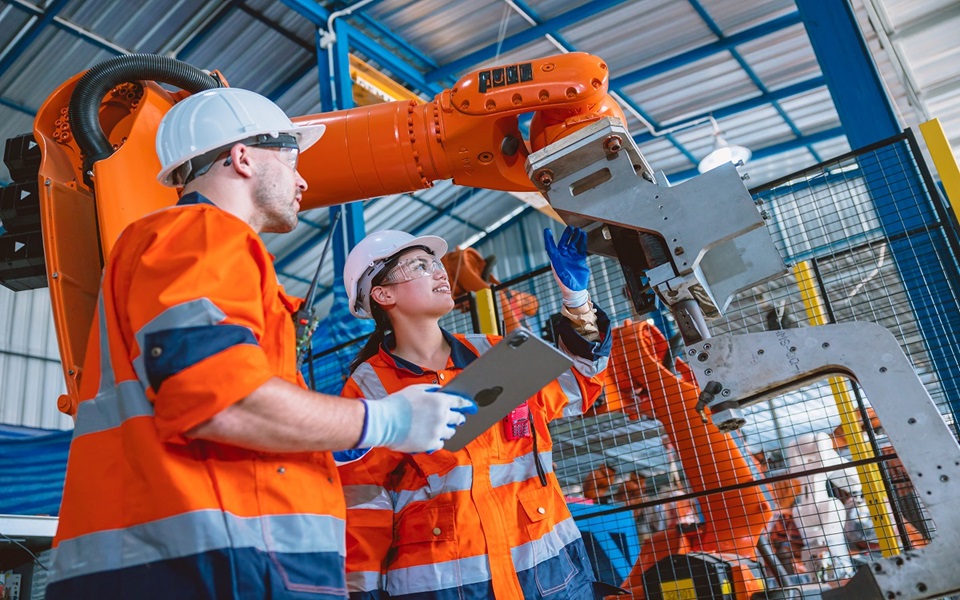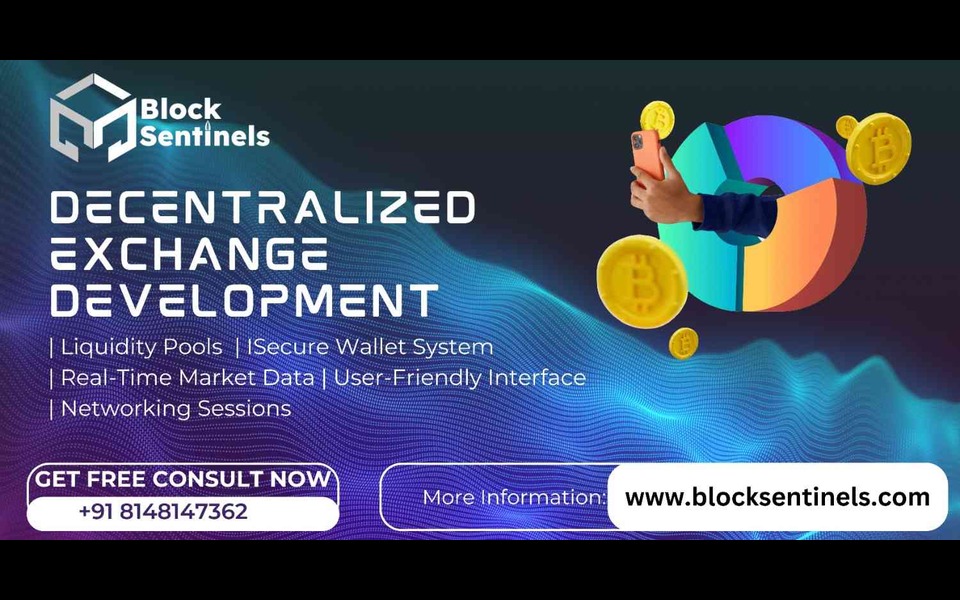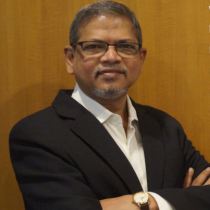
Satish Burli, VP and Head, Product Engineering, SASKEN Technologies
An interview with Satish Burli of SASKEN Technologies on retaining core focus on product development and ensuring innovation is always the driving force
SASKEN is one of the leading Indian companies with a core competency in product engineering. Tell us about your role as VP & Head of Product Engineering, and what it entails
I head Product Engineering Services at Sasken which addresses the entire embedded segment with a strong focus on Wireless technologies, Consumer and Automotive solutions, and Internet of Things. Recently, we have combined the development teams in both our Embedded and Digital technology areas. We believe that when we layer our Embedded and Digital strengths with unique capabilities in Hardware and RF engineering, coming from our presence in Finland, we have the ability to deliver a full product to our customers. Increasingly, areas such as Connected Manufacturing, Automotive, Consumer Electronics are seeking more end-to-end capabilities and solutions to introduce new age products and services. As identified by NASSCOM, we believe that the demand for distributed development and the intersection of Embedded and Digital technologies will augur well for us.
My role at Sasken is to look at our current capabilities and continue to strengthen our existing offerings on the one hand, while working with our R&D teams to build new offerings and competencies that will help us generate additional revenue streams for growth in the near to mid-term future. A large part of my role entails interacting with the entire ecosystem comprising partners, alliances, customers, and standards bodies. These interactions allow my team and me to identify and prioritize trends that are likely to have a significant impact in both the near and medium terms. Our kaleidoscopic combination of strengths from Semiconductor to Software and Embedded to Digital, will lead to interesting and myriad possibilities.
SASKEN recently partnered with Qualcomm to augment engineering capabilities in the auto sector, and with MediaTek’s Rich IoT program – can you tell us about your scope of work in these partnerships & their significance to the company?
At Sasken, we have been working with Qualcomm for over 15 years now. Leveraging over a decade of experience in multimedia, connectivity, board support packages and knowledge of the automotive software ecosystem, Sasken has built solutions for automotive Tier-1 customers and automakers utilizing Qualcomm® Snapdragon™ Automotive Cockpit Platforms and Qualcomm® Automotive Wireless Solutions. In addition, we have delivered critical projects that have helped launch IVI systems, Telematics products and digital clusters to multiple automakers. Our deep knowledge of Qualcomm’s Snapdragon Automotive Cockpit platform and Automotive Wireless platforms, combined with an understanding of trends in the automotive industry, allows us to offer critical engineering support through the entire product development life-cycle, which is appreciated by Tier-1s and global OEMs. By working with Qualcomm Technologies, Sasken will ensure new customers for Snapdragon Automotive Cockpit platform and Qualcomm Automotive Wireless Solutions accelerate deployment timeframes.
Sasken is also a named System Integration partner for Qualcomm on the CV2X technologies. As part of this relationship – Sasken is working with licensees of the CV2X technologies from Qualcomm and helping them develop products for cars and infrastructure equipment which will be deployed as part of Smart Cities and Road Safety projects
Through its Rich IoT program, MediaTek is spurring AI innovation with its platforms that enterprises, startups, emerging brands and leading OEMs in diverse markets can use to design a wide range of IoT devices with edge-AI capabilities, provide new user experiences, and address new market opportunities. As part of the Rich IoT ecosystem, we are leveraging our extensive knowledge of silicon platforms, connectivity, imaging, and smartphone integration to make home and industrial appliances more intelligent. We have more than a decade of experience in utilizing MediaTek’s chipsets and are working with them to enable next-gen appliances for smart home and smart enterprise applications that will significantly enhance the spectrum of services for both segments. We have teamed up on a joint go-to-market plan that leverages our respective strengths to enable device manufacturers to build trail-blazing products. At CES 2020, we demonstrated an immersive home appliance experience that enabled visitors to our booth to experience the power of IoT. We have developed an end-to-end prototype, powered by MediaTek chipset, of a smart refrigerator with a display panel. This enables users to know what items are located inside the refrigerator, their quantities, and provide serving suggestions without having to open the refrigerator.
Compared to most novel Indian companies, SASKEN has a headstart on product development. What does it take to power this machinery constantly with new ideas & innovation?
Keeping the spirit of innovation alive at Sasken is something that has been a prime focus for our company since inception. We invest significantly in terms of talent, labs, training, and at any point in time, have the brightest minds working on a range of next-gen technologies. These engineers are free from the immediate Q-on-Q pressure and/or customer deliverables and therefore, able to indulge in blue-skies thinking which is much needed for creativity. Most of these engineers are from premium engineering schools and are guided by able project managers who have experience in designing and delivering complex engineering programs. These efforts are buttressed by several internal mechanisms that promote an exchange of talent, honing programming skills, experimentation and prototyping, the result of which is a number of showcasable experiences. Some of the things that have emerged from these highly motivated and talented teams include ML-based solutions for Autonomous Driving such as Driver Drowsiness, Lane Keep Assist, Lane Departure Warning, Forward Collision Warning, etc. We have regular participation of the leadership team through initiatives such as tech-fests and tech-awards which provide exposure of these ideas to senior management who motivate, guide, and encourage the teams to push harder and raise the bar of performance.
Today, the product developer community is growing in cities like Bangalore. What efforts are being driven by SASKEN to strategically engage with this growing community and harnessing their potential?
Currently most of our efforts are being directed at strengthening our internal development by leveraging our partnerships with specific ecosystem partners. We have made no attempts to galvanize our local development community within Bengaluru, though there are interventions at personal levels. We are pursuing opportunities to engage in webinars and industry events around Bengaluru which help in bringing awareness of the technologies and solutions in the verticals we work with.
Tell us about SASKEN’s growing role in propagating new innovations in the automotive sector
The Automotive industry is at an inflection point with the development of automotive electronics taking precedent over transmission and mechanical features. The number of electronic control units (ECUs) in high-end cars has increased from 40 to 100+ in the past decade. Today, it is estimated that a luxury car has over 100 million lines of code as opposed to 25 million lines of code in an F35 fighter jet. Sasken has been playing a consistent role in the development of Automotive software for the past decade. The three-pronged focus for our automotive business continues to be centered on an Integrated Automotive Cockpit, Autonomous Driving, and Telematics. Our engineering teams have been able to build and enhance algorithms addressing components of autonomous driving including Forward Collision Warning, Driver Drowsiness Detection and Traffic Sign Recognition, Lane Keep Assist, Lane Departure Warning, etc. We have been able to develop an interesting application incorporating precision tracking that helps with vehicle tracking and inventory for the Japanese market. We are a playing a significant role in building telematics solutions for the next decade which will be driven by transition to 5G and the introduction of V2X technologies. 5G will bring in a myriad of applications to the car and enable sophisticated use cases for Smart Cities and Home automation. We have also built Telematics solutions addressing the important need for fail-safe communication such as enabling Emergency-911 calls when the vehicle/passengers are in distress. These solutions developed by Sasken have been deployed by several NA OEMs. We are also working with several semiconductor companies to pioneer V2X communication to enable enhanced active safety features and to help usher in Level 3 and 4 of vehicle autonomy. A case in point is our camera-based visualization system that helps combine road and driver monitoring to provide a safer driving experience. Another solution we developed for Japan’s leading car manufacturer is a platform to evaluate C-V2X modem performance. As part of the consortium for C-V2X performance road trials conducted by the Government of Japan, Sasken enabled successful road trials of the solution in Japan.
Please elaborate on the role of AI & ML technologies in your product development journey
Sasken has been successfully developing augmented reality and computer vision solutions for industrials and automotive segments. Sasken has also been making significant progress in cognitive machine learning framework integration and development of reference Solution for Voice-Enabled Security Commands, Voice Recognition, and Natural Language Processing.
We have created Automotive solutions such as Driver Drowsiness Detection, Traffic Signs Recognition and Forward Collision Warning using image processing and Deep Learning Neural Networks for decision making. In developing these solutions we have designed the Architecture of the Neural network and trained it using complex computing and huge image data sets. In the Industrials space, we recently enabled a leading North American manufacturer of machine vision systems to develop a next-gen industry-grade machine vision camera with improved functionalities. We designed and developed modular FPGA-based vision processing unit (VPU) to enhance the imaging engine with edge analytics. This enabled advanced real-time image processing and analytics on the edge with a higher percentage of factory automation and automated real-time checks for defect identification and other quality KPIs. AI and ML applications are also permeating in the consumer device industry where appliances such as Microwaves, Refrigerators, Washing machines and the likes are including vision and voice-based interactions enabling them to recognize the users and also the content which is being processed. The smart refrigerator and the intelligent mini-bar solutions are finding their way into products being designed for this and the coming year.
This is part of our ongoing series TechVoice, where we bring to you the leaders of the industry talk about the latest in innovation, technology and trends in their industry sectors. If you want to contribute, write to sindhuja@nasscom.in
For more updates, follow NASSCOM CoE IoT-DSAI on LinkedIn, Twitter, Facebook, and Youtube


























